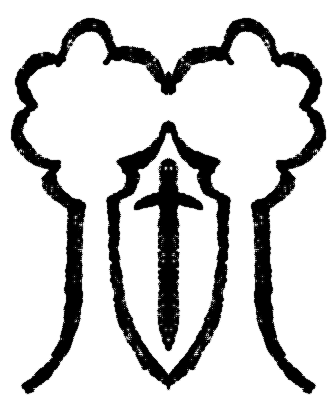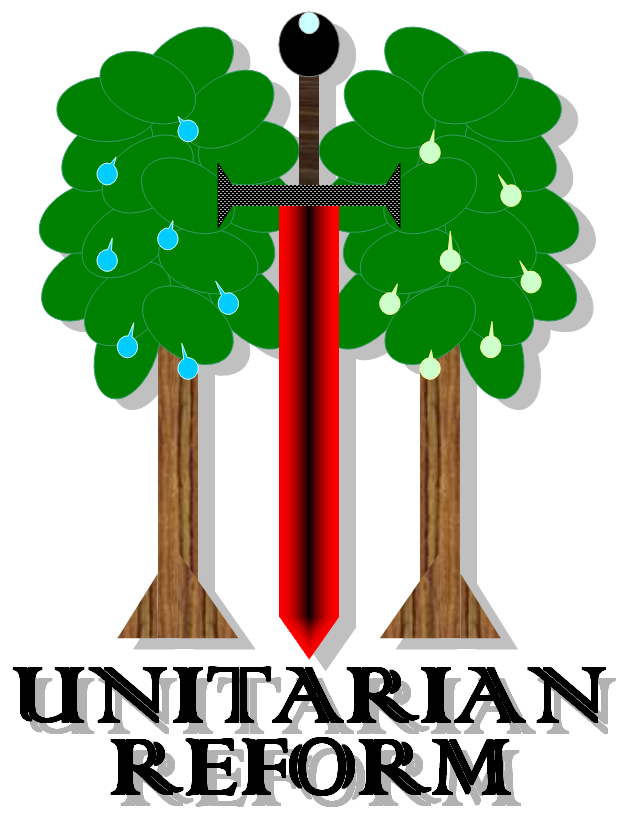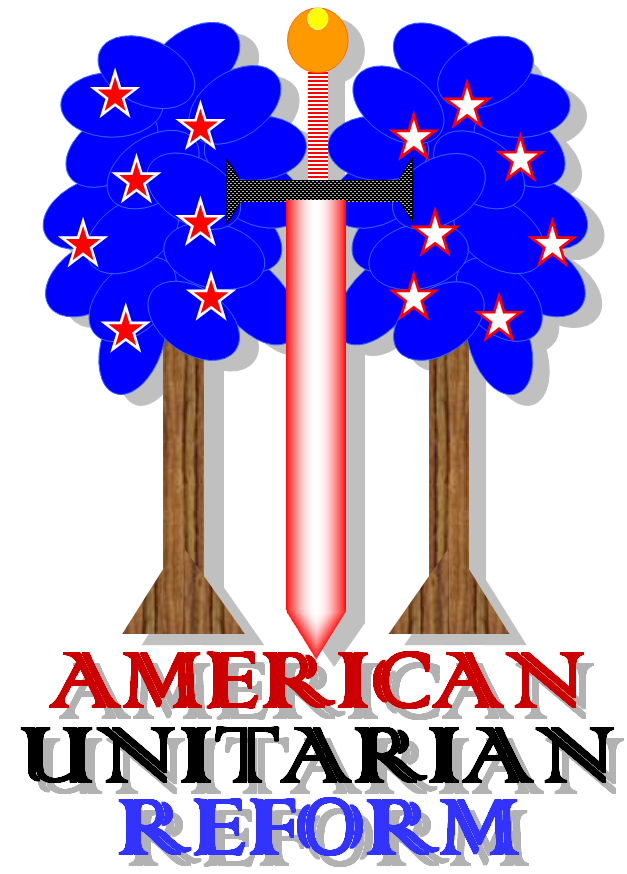 Not wanting to imply that the power of Salvation was in the hands of those who condemned and executed Jesus, Reform Unitarianism shies away from using the cross as a symbol.
Not wanting to imply that the power of Salvation was in the hands of those who condemned and executed Jesus, Reform Unitarianism shies away from using the cross as a symbol.
In fact, the earliest Christians used a variety of symbols, from fish and loaves to peacocks; the cross was not common until well into the 4th Century, when Tertullian conflationism reached its apostatic peak in the First Nicene Council of Constantinople and tyrannical Edict of Thessalonica.
Using symbols other than the cross is a long-established Christian tradition. In that tradition, Reform Unitarianism seeks symbols with deep Christian meaning as alternatives to the cross.
The Two Trees are but one example of a repeating pattern of imagery in Christianity of complementary opposites that when combined signify holiness, particularly its arrival or return: lion and lamb, alpha and omega, serpent and dove. The twin cherubim on the Ark of the Covenant, from between which came the Voice of God, were said to symbolize God’s beneficent and punitive aspects.
When Adam and Eve were expelled from Paradise for having eaten from the Tree of Knowledge, God set a Cherub with a flaming sword “turning in all directions” at the entrance to block them from returning. Some churches hold that Jesus, who brought humanity the fruit of the Tree of Life, removed this sword. Reform Unitarianism, holding that the Salvation offered by Jesus is no easy task, views this sword as a potent symbol of the spiritual difficulties facing the devoted Christian.
Herman Melville once stated that “one who desires to be impartially just in the expression of his views, moves as among sword-points presented on every side.” This is true in religion as it is in politics. Navigating the sacred road to Paradise between decisive Faith and open-minded Hope, between creedal sectarianism and vacuous creedlessness, between too much emphasis on the shrewdness of serpents and too much emphasis on the innocence of doves, one must be ready to face the sword.
The symbol of the Two Trees reminds us to be cautious and yet courageous.
 ____________
____________



